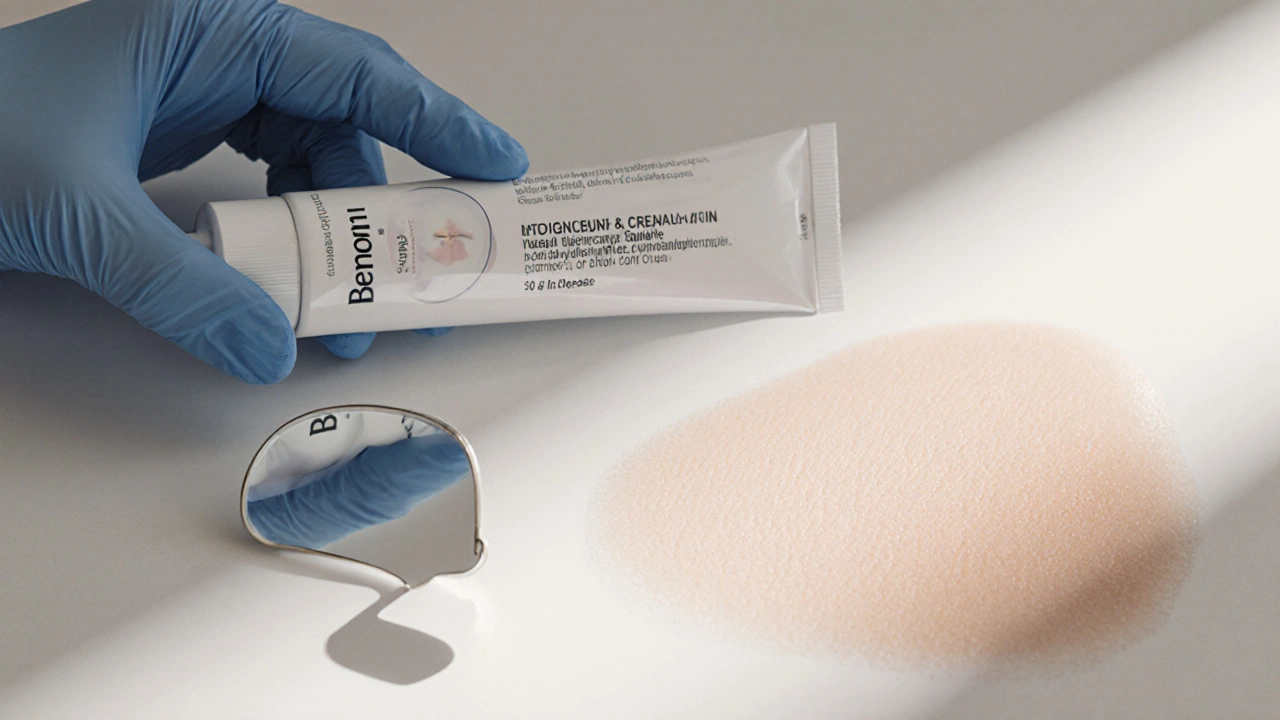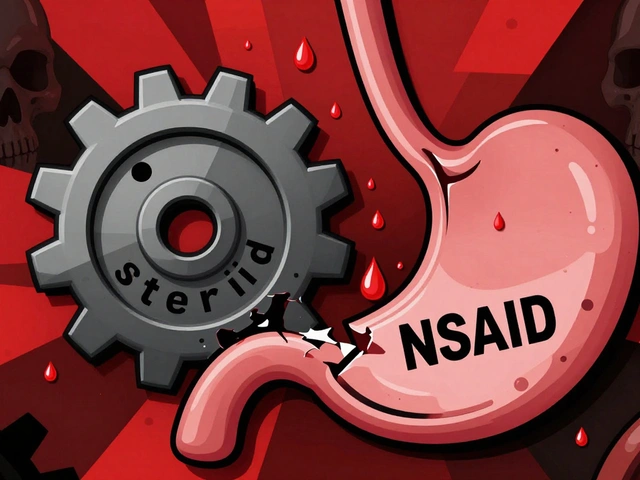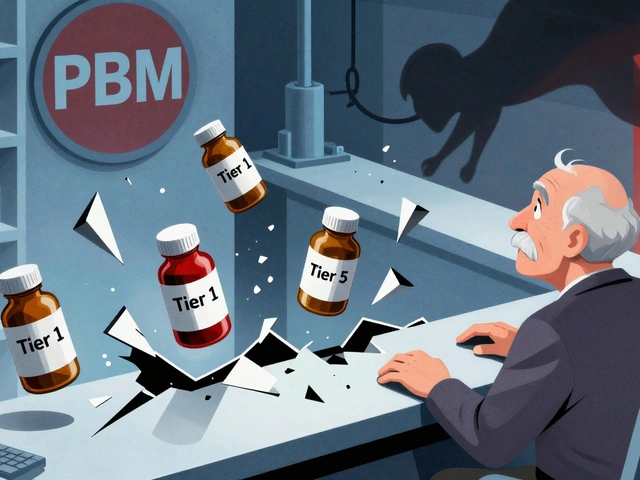Benoquin Cream – What It Is and How It Works
When working with Benoquin cream, a prescription‑only antifungal ointment used on the skin. Also known as clotrimazole cream, it targets fungal organisms that cause conditions like athlete’s foot, ringworm, and jock itch. Clotrimazole, the active ingredient disrupts the cell membrane of dermatophytes, stopping them from growing. Because it’s a topical medication, you apply it directly to the affected area, which means it works locally without systemic side effects. This basic definition sets the stage for everything else you’ll need to know about using Benoquin safely and effectively.
Beyond the active drug, Benoquin cream belongs to the broader class of antifungal creams, topical agents formulated to eradicate skin fungi. These products vary in potency, spectrum of activity, and vehicle (gel, lotion, ointment). Understanding the class helps you compare Benoquin with over‑the‑counter options like terbinafine or miconazole. It also clarifies why a doctor might prescribe Benoquin: it offers a reliable concentration of clotrimazole that’s often needed for stubborn infections or when other treatments have failed.
When to Use Benoquin Cream and Who Needs It
Most people encounter a fungal infection, an overgrowth of dermatophytes on skin, nails, or hair at some point. Symptoms include itching, redness, scaling, and sometimes a ring‑shaped rash. If you notice these signs on feet, groin, or other warm, moist areas, Benoquin can be a good first step, especially if over‑the‑counter remedies haven’t cleared the problem. The cream is also useful for athletes, hikers, and anyone who frequently wears tight shoes, because these environments favor fungal growth.
Applying Benoquin is straightforward, but a few tips boost success. First, wash and dry the affected skin thoroughly—fungi thrive in damp conditions, and a dry surface lets the medication penetrate better. Second, use a thin layer of cream, rub it in gently, and continue treatment for the full prescribed duration, even if symptoms improve early. Stopping too soon often leads to recurrence. Finally, avoid covering the area with airtight bandages unless your doctor advises it, because trapped moisture can counteract the drug’s effect.
Safety is a key concern with any prescription. Benoquin cream is generally well‑tolerated; the most common side effects are mild skin irritation, burning, or redness. If you experience severe swelling, blistering, or a rash that spreads beyond the treated spot, stop using the cream and contact your healthcare provider. Pregnant or breastfeeding individuals should check with a doctor before starting, as clotrimazole passes into breast milk in small amounts.
One often‑asked question is whether Benoquin can be used on children. Pediatric use is allowed, but dosing frequency and duration may differ. Always follow the pediatric instructions on the prescription label, and never apply more than the recommended amount. For infants, a healthcare professional should examine the skin before any topical antifungal is applied.
Beyond treating infections, Benoquin cream can also help prevent them. If you’re prone to athlete’s foot after a long hike, applying a thin layer of the cream to your feet before putting on socks can create a protective barrier. This proactive use is especially useful for people with compromised immune systems or those who share communal showers.
In the collection of articles below, you’ll find detailed guides on buying affordable generic medications online, comparing antifungal treatments, and managing skin conditions safely. Whether you’re looking for cost‑saving tips, side‑effect profiles, or step‑by‑step application advice, the posts will give you actionable insights to make the most of Benoquin cream and related therapies.

Benoquin Cream vs Alternatives: Monobenzone Comparison Guide
Compare Benoquin cream (monobenzone) with top alternatives, covering efficacy, safety, cost, and suitability to help you choose the right skin depigmentation option.
read more




